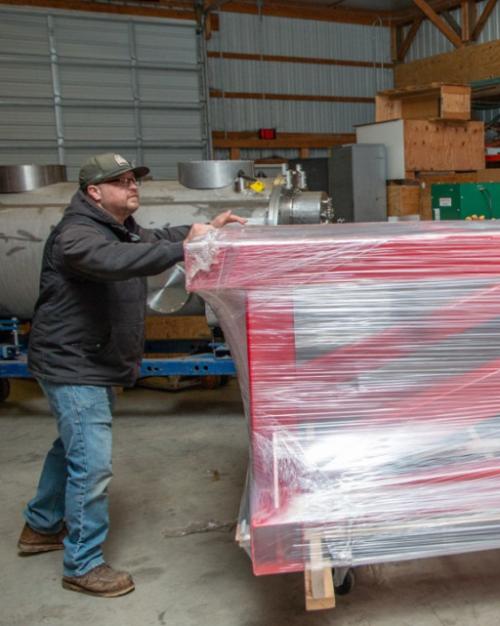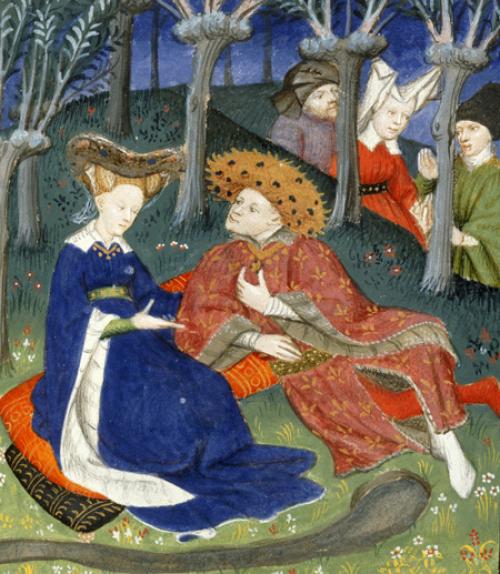This is an episode from the “What Makes Us Human?” podcast's third season, "What Do We Know about Love?" from Cornell University’s College of Arts & Sciences, showcasing the newest thinking from across the disciplines about the relationship between humans and love. Featuring audio essays written and recorded by Cornell faculty, the series releases a new episode each Tuesday through the fall semester.
I work at the intersection of three academic fields – English literature, Medieval Studies and gender studies.
One of the things that has always fascinated me is the claim I’d often heard as a young person that “the Middle Ages invented romantic love.” I wondered what that meant as I signed up for my first medieval literature classes. Surely, human beings are human beings and have always fallen in and out of love? We know that marriage as a practice is quite ancient. Why would romantic love come into being later than marriage did?
What I found out in time was that of course there have always been people having experiences of all kinds. But how those experiences are named and understood changes through history.
No, the Middle Ages didn’t “invent” romantic love. What got invented, though, was a pretty strange phenomenon: what we call “courtly love,” and what the Middle Ages mostly called fins amors.
Courtly love actually has something like its own inventor and she was a queen – Eleanor of Aquitane. Eleanor of Aquitane was an extraordinary woman who managed in her lifetime to be queen of two countries and the mother of three kings. Life in the royal court was pretty brutal in those days, historians say. One explanation for the emergence of “romantic love” was that Eleanor wanted to find a way of entertaining courtiers with something other than battles and interminable tales of battle. So love, as a topic of songs and stories, became the alternative to warfare. And the popularity of courtly love spread all over Europe, partly because Eleanor also had a number of daughters who became queens and duchesses and things and brought the culture of fins amors with them. This, at least, is one story that historians tell.
Courtly love is a funny thing, as is our contemporary cult of romance. You might have noticed that in both fairy tales and romantic comedies, most tales of romance are about the hunt and the capture of love -- not about the part where people love each other and live together and figure out how to continue loving each other over time. The focus on love as a hunt is part of the medieval notion of romance. It was tricky to make love into a contest, though, because most marriages among the nobility were made by contract, often before children were born or when they were pretty little.
In order for the quest for love to be able to replace battle-talk and hunting-talk in court, it had to be seen as being like those contests. It had to have obstacles and difficulties in its way, like a hunt or a battle. One way these obstacles were found was in the cult of adultery. Celebration of “emotional” adultery – where desire is not acted on physically -- has marked the history of European literature for many centuries and to the present day. When a noble lady had to marry young, often by the time she was eleven in medieval England, “romance” was reserved for the knight who was not her husband, pining for her from a distance.
Christianity is pretty clear about forbidding adultery, and the European courts were pretty devoutly Christian, but somehow room was made, in songs and stories and also in life, for desire that was not acted upon, that was lived out at a distance. This worked really well for producing beautiful poetry. It worked less well, then as now, for producing lasting happiness.
The "What Makes Us Human?" podcast airs on WHCU on Tuesday mornings and WVBR on Saturday evenings.




